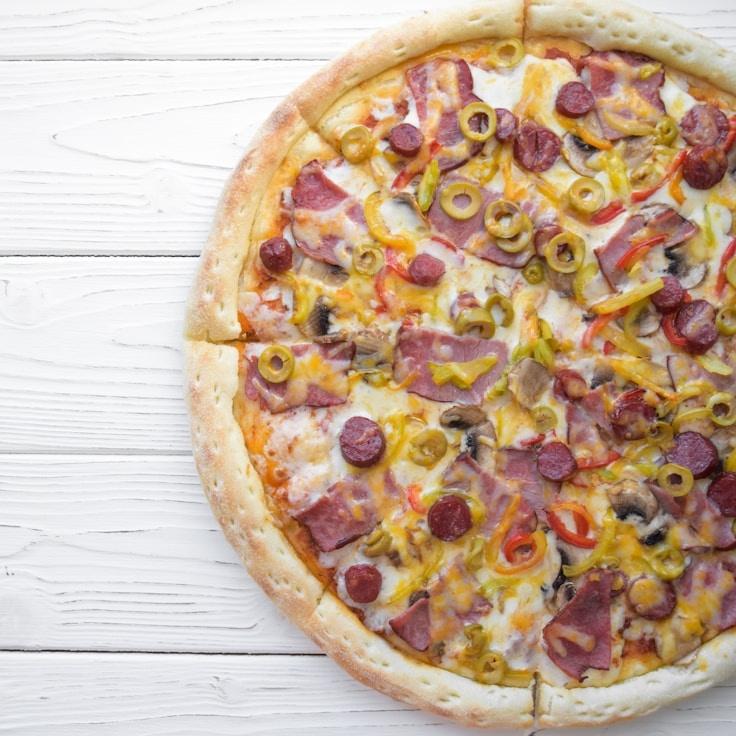At HarvestWay, we're convinced that extraordinary pizza begins with an extraordinary base. Following over thirty years of refining our recipe, we are thrilled to unveil some insights. Although we can't disclose the specific recipe (that's an element of mystery we must preserve!), we can offer you guidelines to craft quality pizza dough within your own kitchen.
The Flour Matters
A superb pizza base starts with superior flour. Our advice is to opt for 00 grade flour, an Italian variety that's milled to a fine consistency and contains a moderate amount of protein, about 12%, striking just the right balance of elasticity and softness. If 00 isn't available, bread flour will suffice but expect a marginal difference in texture.
Water Temperature and Hydration
The water's temperature is critical for controlling the dough's fermentation and its ultimate texture. Use cooler water, approximately 45°F (7°C), for a slower fermentation which yields a more pronounced taste, or warm water, near 85°F (29°C), for a speedier fermentation. Aim for a hydration level that is 60-70% suitable for typical home ovens.
Minimal Yeast, Maximum Time
A key to aromatic dough is minimizing yeast and maximizing fermentation duration. Our preference is a scant 0.2% of fresh yeast based on the flour weight, allowing the dough to rise for 24-48 hours. This gradual method enriches flavors and results in a dough that's more digestible.
Salt: Not Just for Flavor
Salt is not solely a flavor enhancer for your dough—it's also pivotal in fortifying the gluten network and managing fermentation. Incorporate fine sea salt at a rate of 2.5-3% relative to the flour, ensuring that it's added once the flour and water have begun to amalgamate to avoid direct contact with yeast.
The Art of Fermentation
Post-mixing, let your dough undergo an initial bulk fermentation at room temperature for a couple of hours, then divide and transfer it into ball shapes. Store these dough balls in lidded containers and refrigerate them for 24-72 hours. It's during this period of cold fermentation that the transformation occurs—enzymes transform starches into sugars, enhancing the flavor and contributing to the exquisite browning of our crusts.
Handling with Care
When ready to bake, remove the dough from the cold at least one to two hours in advance. Treat the dough delicately to maintain the developed air pockets. Rather than rolling out the dough, which would deflate it, gently press and stretch it using your fingertips.
The Final Touch: Heat
Our pizza is baked in wood-fired ovens that achieve an impressive 850°F (454°C), a feat most domestic ovens cannot match, peaking at about 550°F (288°C). To counter this, use a preheated pizza stone or steel that has been heating for a minimum of one hour for that crucial intense bottom heat, ensuring your crust is perfectly crisp with a light interior.
Mastering pizza dough is an evolving art. Every batch is an opportunity to learn more about the crafting process. Document your findings, tweak the variables, and determine the optimum process for your unique cooking space.
For an up-close demonstration of our dough-preparing procedures, attend one of our monthly pizza-making classes where Chef Anthony will elaborate on these techniques. Look out for the next class on our events calendar!

